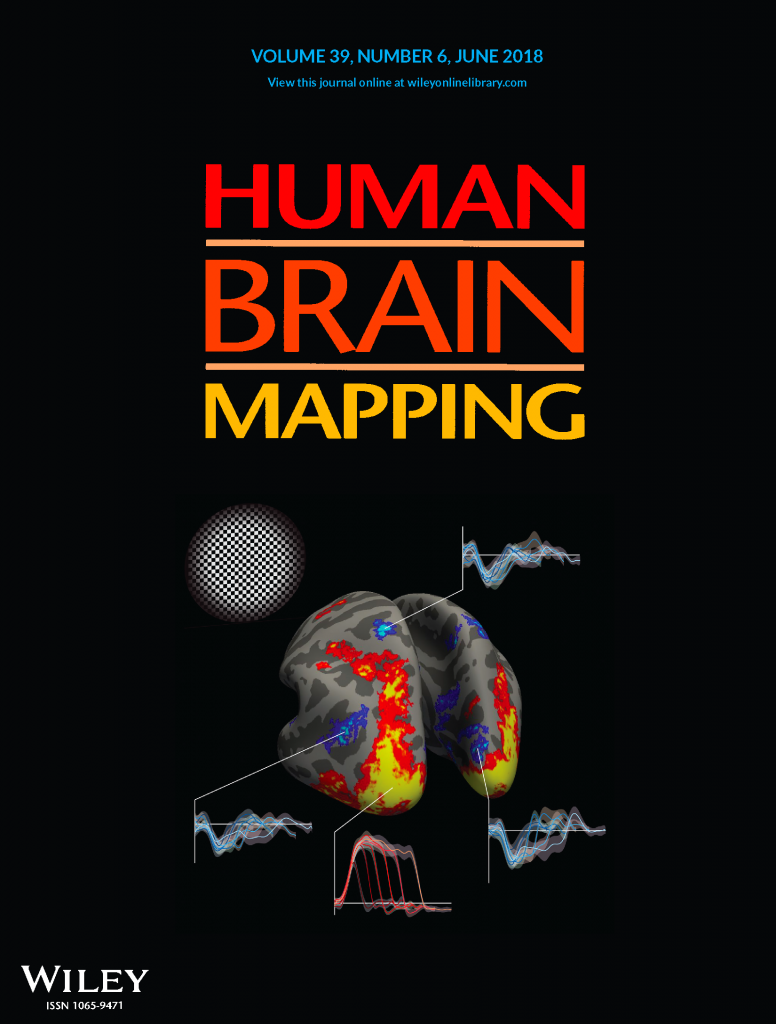 Abstract
Abstract
Neuroimaging studies of the reading process point to functionally distinct stages in word recognition. Yet, current understanding of the operations linked to those various stages is mainly descriptive in nature. Approaches developed in the field of computational linguistics may offer a more quantitative approach for understanding brain dynamics. Our aim was to evaluate whether a statistical model of morphology, with well‐defined computational principles, can capture the neural dynamics of reading, using the concept of surprisal from information theory as the common measure. The Morfessor model, created for unsupervised discovery of morphemes, is based on the minimum description length principle and attempts to find optimal units of representation for complex words. In a word recognition task, we correlated brain responses to word surprisal values derived from Morfessor and from other psycholinguistic variables that have been linked with various levels of linguistic abstraction. The magnetoencephalography data analysis focused on spatially, temporally and functionally distinct components of cortical activation observed in reading tasks. The early occipital and occipito‐temporal responses were correlated with parameters relating to visual complexity and orthographic properties, whereas the later bilateral superior temporal activation was correlated with whole‐word based and morphological models. The results show that the word processing costs estimated by the statistical Morfessor model are relevant for brain dynamics of reading during late processing stages.